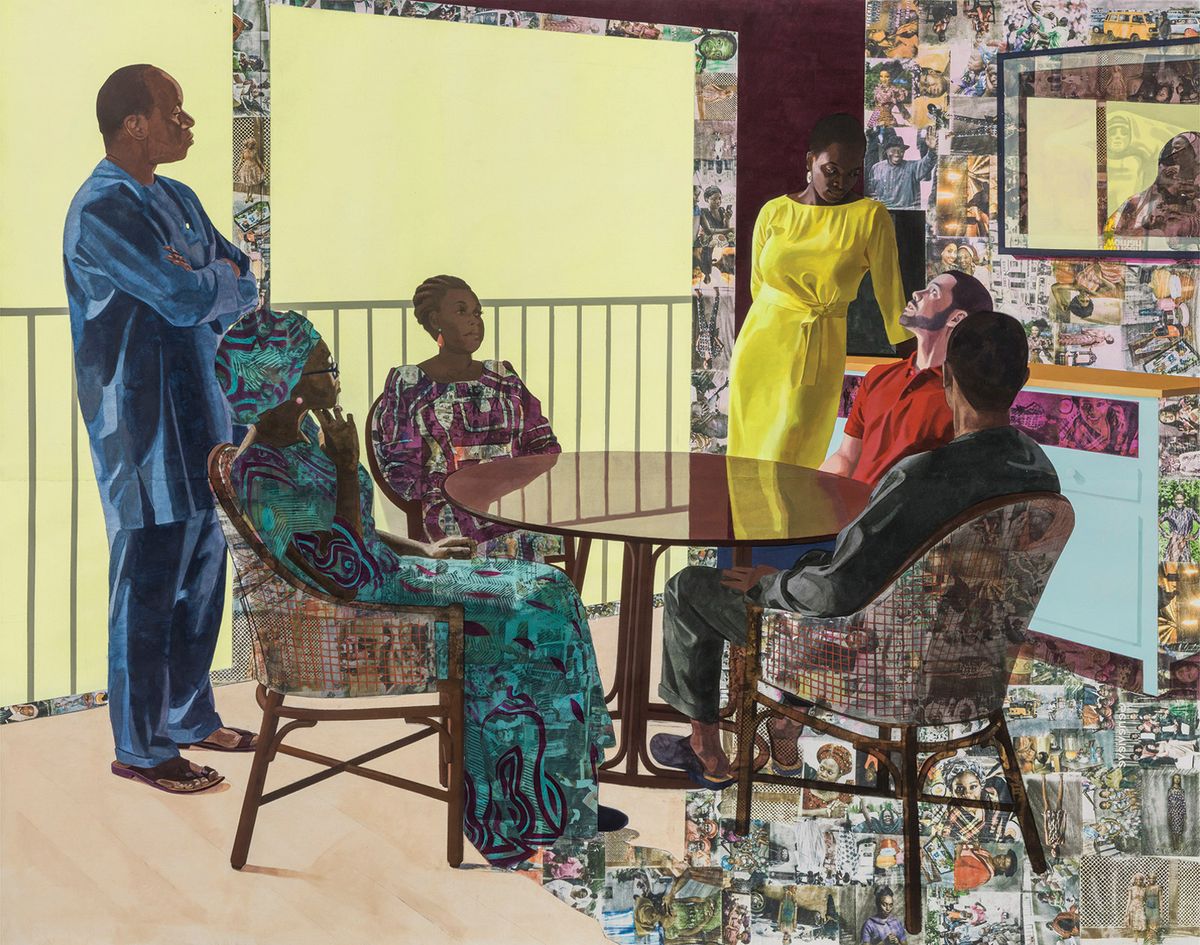The past is not yet past, as American museums continue their efforts to redress sins of commission and omission in depictions of Black people in art history. In Black American Portraits, the Los Angeles County Museum of Art (Lacma), gathers more than 140 works, mostly drawn from its own collection, to tell a more complete story of African Americans and their lives and achievements over the last two centuries.
“Portraiture has been used as a tool of self-definition by Black Americans for generations,” write the exhibition’s curators Christine Y. Kim and Liz Andrews in the introductory brochure, “and Black American Portraits is dedicated to showcasing Black subjects as powerful, beautiful and complex.” The show also pays tribute to a landmark exhibition at the museum in 1976, Two Centuries of Black American Art, curated by the artist and art historian David Driskell, who died last year.
Black American Portraits is arranged chronologically and thematically, with the oldest work from around 1800. It is an oil painting of a well-dressed Black man with a determined expression on his face and wearing a natty red scarf and blue jacket. He is thought to be Paul Cuffe, a New England freed man who eventually amassed a fleet of ships. The coming of photography brought more portraiture of African Americans, as it became increasingly available and affordable. The dress and demeanour of the subjects show changes in situation and status. One 19th-century daguerreotype shows a coiffed woman holding a book, a sign of literacy and education.
The coming of photography brought more portraiture of African Americans
After the First World War, many Black Americans moved out of the South to northern cities, and to America’s west. Harlem, New York, became a haven for Black writers, artists and musicians—creating the Harlem Renaissance. There are portraits both of and by talents of that era, including the poet Langston Hughes, sculpture by Augusta Savage and photography by James Van Der Zee.
Leading figures from subsequent movements, such as the civil rights era (1954-68) and the Black Arts Movement (1965-75), follow, as well as contemporary self-portraits by Arthur Jafa, Kerry James Marshall and Paul Mpagi Sepuya. There are lithographs by the influential figurative artist Charles White, whom Lacma honoured with a retrospective in 2019.
No show on this topic would be complete without acknowledging two of the best-known portrait painters in America today, Amy Sherald and Kehinde Wiley. Sherald has a large painting in the exhibition, which opens the same day as The Obama Portraits in an adjoining gallery. The portraits of former president Barack Obama (by Wiley) and former first lady Michelle Obama (by Sherald) are on tour from the National Portrait Gallery in Washington, DC, and a timely reminder of a previous administration propelled by a progressive political and social agenda.
• Black American Portraits, Los Angeles County Museum of Art, 7 November-17 April 2022


